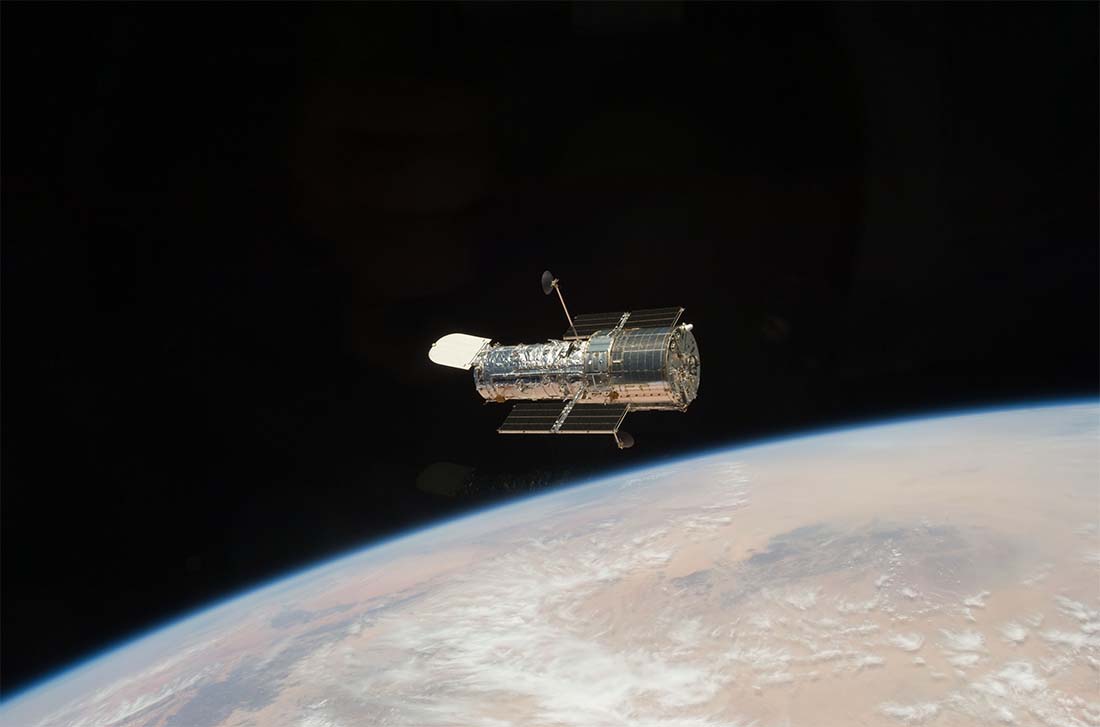
The Hubble Space Telescope has recently celebrated its 30th anniversary of being in space . To commemorate, NASA has released a stunning image taken by the telescope. Known as the “Cosmic Reef”, the image resembles a beautiful undersea world. It features two large nebulas – massive clouds of dust and gas from which stars are produced – NGC 2014 (red) and NGC 2020 (blue). These nebulas are part of the Magellanic Cloud, a dwarf galaxy orbiting the Milky Way Galaxy.

What is the Hubble Space Telescope?
Launched on April 24, 1990, the Hubble Space Telescope was the first major telescope to be placed in space. Its position in orbit around Earth allows it to take crystal-clear images of distant astronomical objects. Because Hubble’s images are not blurred by Earth’s atmosphere, it can produce clearer, more detailed images than on-land telescopes.
Why is the Hubble Space Telescope Significant?
Hubble has made over 1.4 million observations during its time in orbit around Earth, providing insight into remote parts of the universe. Scientists have used its data for countless studies, such as the observation of distant galaxies, black holes, and star births.
According to NASA, “Hubble has revealed intricate details of the shapes, structures, and histories of galaxies, as well as discovered supermassive black holes in galactic centers. Observing the cosmic frontier, Hubble has uncovered some of the universe’s earliest galaxies, explored the nature of the enigmatic dark matter, and built upon the discovery of the yet-unexplained phenomenon called dark energy.”
Some of Hubble’s most notable images include a portion of the Eagle Nebula known as the “Pillars of Creation”, the Lagoon Nebula, and the Hubble Legacy Field – the most complete image of the known universe created from over 7,500 Hubble images.
Although Hubble’s mission was only planned to last 15 years, it has doubled its goal, exceeding expectations. No more repair missions will be sent out to maintain Hubble.
To learn more about the Hubble Space Telescope’s 30th anniversary, click the link below.





